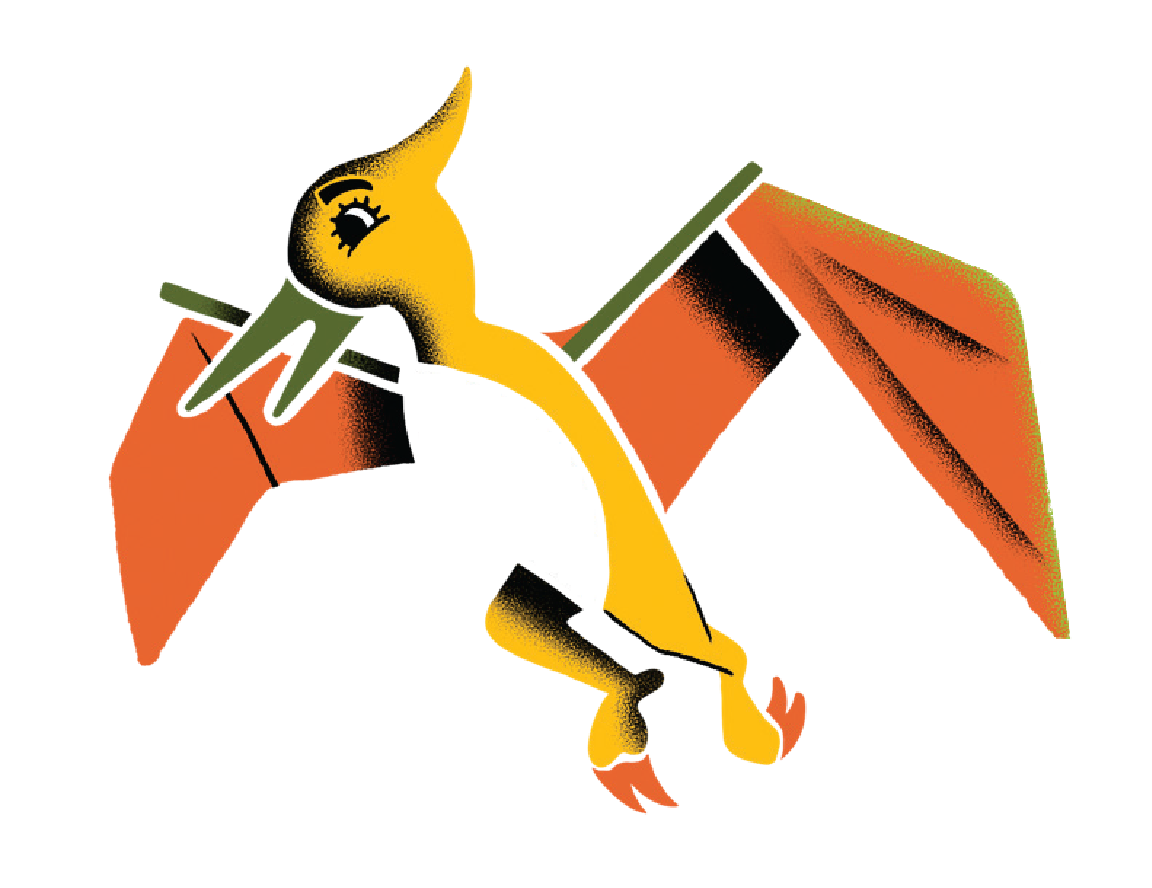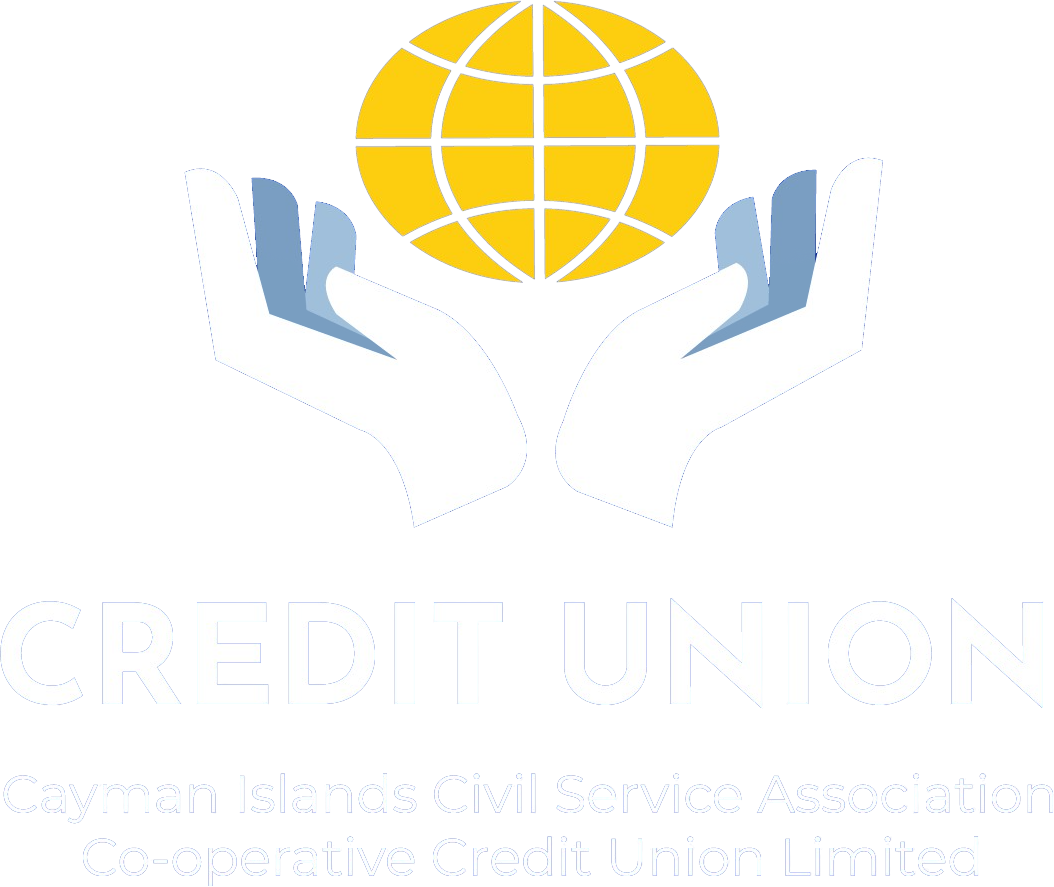| Sunday | Closed |
| Monday | 09:00 AM - 04:00 PM |
| Tuesday | 09:00 AM - 04:00 PM |
| Wednesday | 09:00 AM - 04:00 PM |
| Thursday | 09:00 AM - 04:00 PM |
| Friday | 09:00 AM - 04:30 PM |
| Saturday | Closed |

Credit Union Financial Literacy
Don't let your children's savings go extinct!
Take your children on a journey to financial wellness. Teaching our children about financial literacy early in life is key to helping them develop lifelong, healthy habits that make their dreams possible.
If you are wondering how to empower your children to save for their future, the Credit Union is a great place to start! We recommend that parents develop a savings plan with their children. See below:
 Primary School (Ages 4-10)
Primary School (Ages 4-10)
This is a great time to talk to them about money. When children are this young, it’s important to keep everything simple and stick to the basics. Children learn best by doing.
Here are some ideas to get started:
- Discuss the difference between needs vs wants. Help your child make a list of the things they need and the items they want. The items they want are things for which they should be saving;
- Start a weekly allowance. Children thrive when there’s structure, but it’s important to permit freedom so that they can envision their own ways to make money;
- Teach choice. A good way to demonstrate that spending is not the only option is to utilise three jars — one for saving at the Credit Union, one for spending, and one for sharing; and,
- Use cash. Teach your child about the different monetary bills and coins by paying with cash when they shopping with you.
 Middle School (Ages 11-13)
Middle School (Ages 11-13)
Middle schoolers are more aware of the value of money, so it’s important to emphasise the importance of saving during these preteen years. They are also able to understand more complicated financial terms.
• Demonstrate how you save. Share with your middle schooler what you’re currently saving for. When you reach your goal, allow them to take part in the celebration;
• Develop a budget. When shopping for something for your teen (like new clothing or school supplies), outline how much you’re willing to spend and what your preteen will be responsible for spending;
• Introduce the concept of work. Middle schoolers can benefit from learning the concept of work and responsibility. Babysitting and lawn mowing are great things to suggest for first jobs, and
• Tackle more complicated money topics. Explain your preteen concepts like credit vs debit cards, introduce financial terms like investment and interest, and show your preteen how to write and follow a budget.
 High School(Ages 14-18)
High School(Ages 14-18)
If your child has grown up learning the money tips mentioned above, they are likely ready to have more control over their finances.
Here are some ways to empower your high schooler to embrace their financial independence:
- Accompany your teen to open up their own savings account. Allow your child to be responsible for checking up on their account and managing their payments, and
- Talk about college tuition. College is not cheap, and budgeting for higher education is critical. Talk to your teen about what they are expected costs, including tuition, dining out, organisational fees, and the cost of social activities, as well as any loans that they might be responsible for paying back after college.
The Credit Union encourages students to spend, save and share!
This plan is a simple and powerful way to help children develop good financial habits. By teaching students to divide their earnings into three jars, you can lay the foundation for a financially healthy future.
Encourage your child to find three old jars and decorate these jars with their favourite stickers, recyclable materials found around the house, then paint and clearly label each jar for spending, saving and sharing.
- Spending Jar - Spending is a mindset. If children get used to spending every penny of their earnings right away, this habit may be carried into adulthood. The spend, save and share plan will help the student adapt to the idea of spending only a portion of each dollar, this financially healthy mindset will serve them well throughout their lives.
- Savings Jar - Children learn a lot from the act of saving money. Not only will they come to appreciate the sense of security that comes from always having some financial reserves on hand, but saving for their goals teaches them powerful lessons about delayed gratification. With guidance, children can learn to make intelligent decisions about when and how they use their savings.
- Share jar - When a child’s compassion is triggered by someone in need, their share bucket empowers them to give a hand and do some good. Children naturally love helping others. In addition, having the means to give helps instil a sense of confidence in their ability to make a difference.


